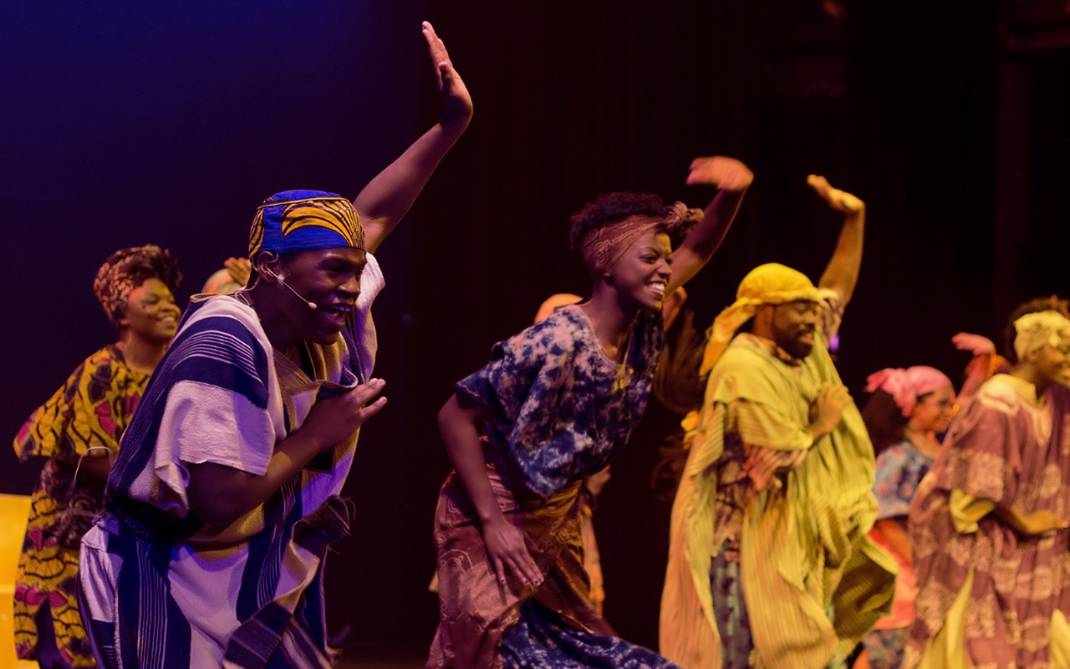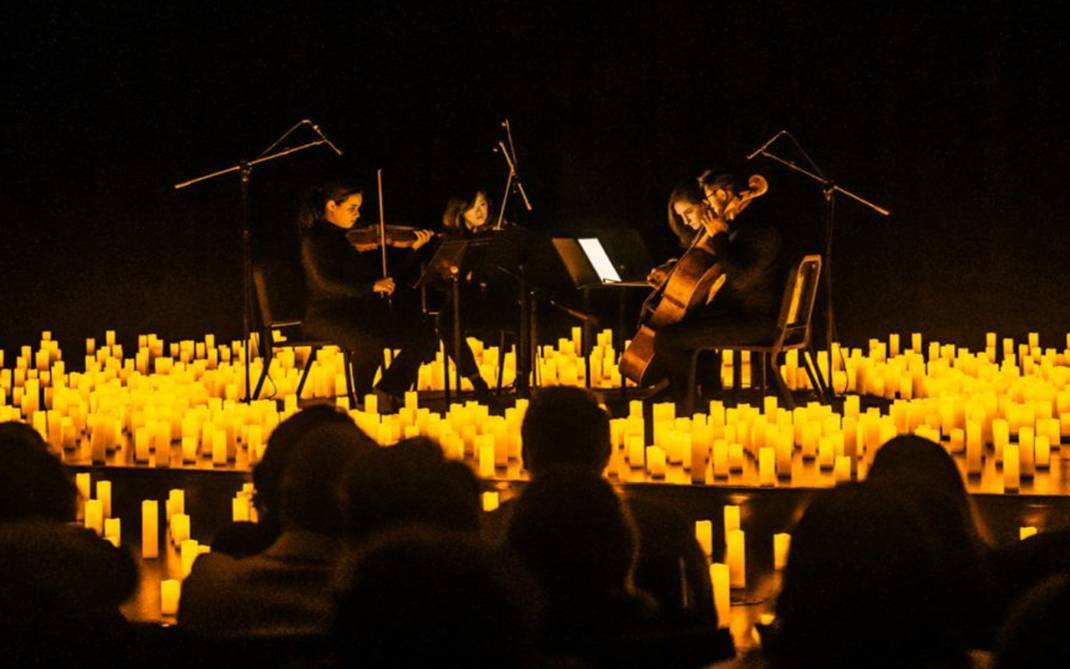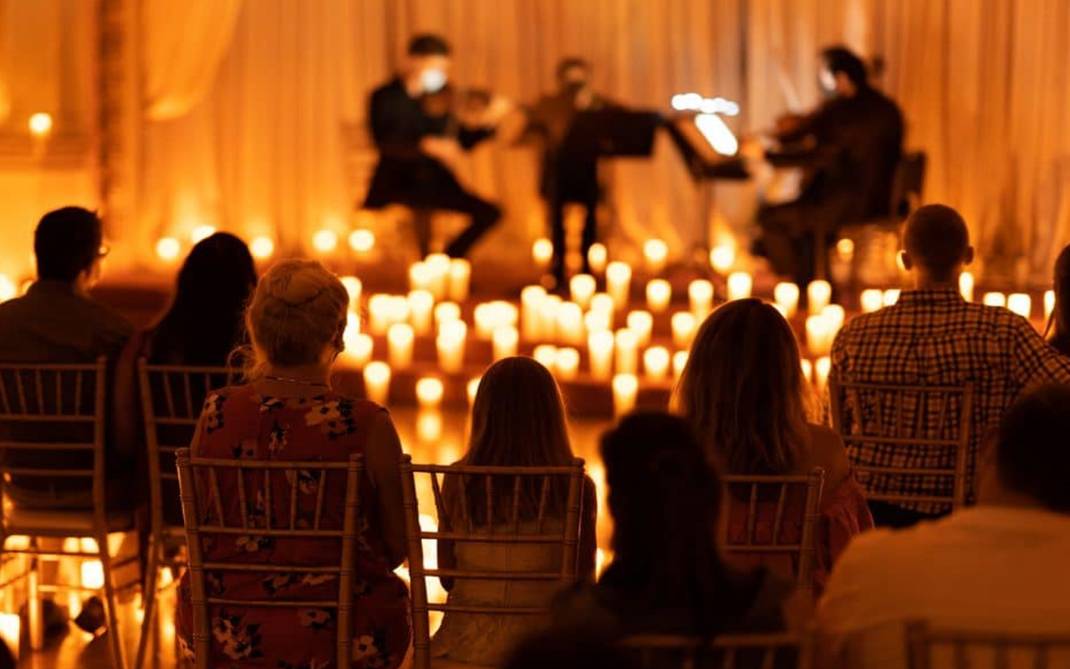Honoring Dr. Martin Luther King Jr.
Dear UNCSA Community,
Today is Martin Luther King Jr. Day, which commemorates the life, legacy and impact
of the leader of the modern American Civil Rights Movement. During his too short but
transformative life, the Rev. Dr. King tirelessly advocated for the use of nonviolent
civil disobedience to end racial segregation and achieve racial equality. He also advanced
the causes of social and economic justice and international peace. I encourage you
to read about his momentous achievements and much more on TheKingCenter.org.
To mark Dr. King’s birthday, I’d like to take a moment to tell you about an artist
named Richard Hunt, who embodied Dr. King’s philosophy and lived by his ideals. Hunt, a metal sculptor,
was hailed as “one of the most important figures in art history” by National Public
Radio and described as a “renowned sculptor of public art, inspired by the Civil Rights Movement” by the Los Angeles Times. He was 88 when he died on Dec. 16, 2023, after a prolific career spanning seven decades.
You probably don’t realize that you pass by one of Richard Hunt’s works every day
on your way to classes or offices. At a prominent spot in a curve on Giannini Drive,
immediately visible from the Welcome Center and the School of Filmmaking, a two-piece
sculpture by Hunt made of Cor-Ten steel sits – or rather, soars. It is called “Conversations.”
"The larger element in ‘Conversations’ is a sculptured landscape, and I call it an evocation of place and time," Hunt said at the dedication in 2006. "The form of the base makes it possible for people to sit on the sculpture and move around a form that suggests an evolving or eroding landscape. Out of that emerge some forms that fly upwards, suggesting a flight of birds and the idea of ascension. The sculpture's two pieces together are about place and the dynamics of change."
A descendant of enslaved people, Hunt grew up on the South Side of Chicago, where
he was immersed in the city’s culture and studied at the School of the Art Institute
of Chicago. Hunt was only 19 when he attended the funeral of Emmett Till, who had
been abducted, tortured and lynched in Mississippi in 1955, and was purposely shown
in an open casket by his mother in Chicago. Till had grown up only two blocks from
where Hunt was born. “(A similar fate) could have happened to me,” Hunt once said,
and he went on to create art with a commitment to civil rights, shaped by the experience.
Dr. King himself went on to use the momentum of the community’s outrage to galvanize
the nation against racial injustice, invoking Till’s murder in several speeches.
Hunt experienced early success in his career. He reached a national stage when the
Museum of Modern Art (MoMA) acquired his 1956 work “Arachne” in 1957. When MoMA held
his 1971 exhibition, he was only 35; it was the first retrospective for an African
American sculptor at the museum.
Hunt was also the first African American visual artist to serve on the National Council
on the Arts – an advisory organization that served as a catalyst for the creation
of the National Endowment for the Arts – appointed by President Lyndon B. Johnson
in 1968.
It was there that Hunt met Winston-Salem business leader R. Philip Hanes Jr., a driving
force behind the founding of the then-North Carolina School of the Arts and one of
America’s most ardent arts patrons. Not surprisingly, it was Hanes who commissioned
a piece by Hunt for the UNCSA campus. “Our interest in the arts nurtured our friendship,"
Hunt had said, which endured until Hanes’ death in 2011.
Hunt “made the largest contribution to public art in the United States," according
to his obituary, “with more than 160 public sculpture commissions gracing prominent
locations in 24 states and Washington, D.C.” He also “held over 150 solo exhibitions
and is represented in more than 100 public museums across the globe.” Those achievements
were made “despite challenges for African American artists during his lifetime,” the
obituary noted.
During his expansive career, Hunt also sculpted major monuments and works for some
of our country’s greatest leaders, including Martin Luther King Jr. In 2022, he was
commissioned by Barack Obama to create a piece for the planned Obama Presidential Center.
Hunt’s metal sculptures range from the massive 30-foot, 1,500-pound bronze, “Swing Low,” a monument to the African American Spiritual that hangs from the ceiling of the
Smithsonian Institution’s National Museum of African American History and Culture,
to his masterpiece, “Hero Construction,” that stands in the grand staircase at the Art Institute of Chicago.
Hunt once said he considered artistic freedom as the most important aspect of his
career, valuing it above his many accolades, awards and honors. “I am interested more
than anything else in being a free person,” he is quoted as saying. “To me, that means
that I can make what I want to make, regardless of what anyone else thinks I should
make.”
And that is my message to you today on this King holiday, and one I hope you will
think about each time you pass Hunt’s sculpture on our campus: Embrace your artistic
freedom. Let your voice be heard and champion justice through your creativity. Use
your power as artists to make the world a better, and more beautiful, place.
Sincerely,

Brian Cole
Chancellor
Jan. 15 , 2024


